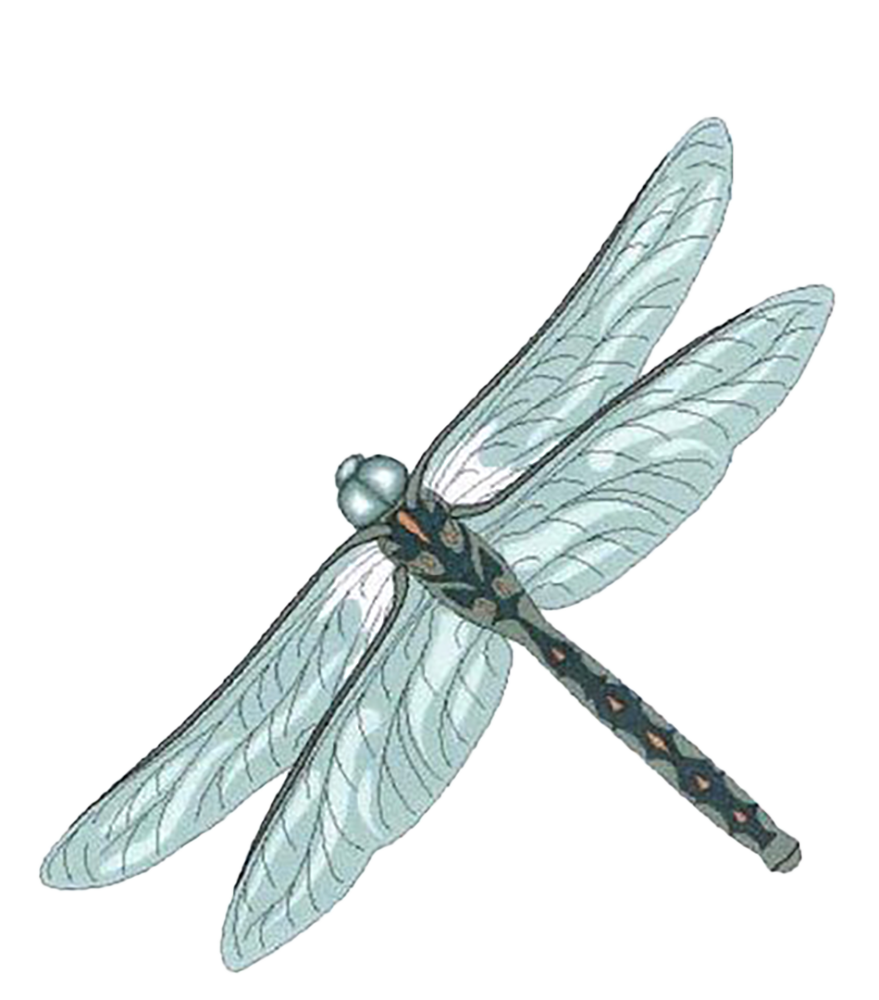In past decades and centuries, Common Land provided a lifeline for the people of South Oxfordshire, giving access to grazing and firewood that may not otherwise have been available to non-landowners. In the modern age, however, many people are unclear about the purpose of the 560 acres (226.6 ha) that comprise the Nettlebed & District Commons.
Nigel Wooding (former Chairman of the Commons Conservators) provides a simple guide to the commons that are such an important feature in our area, concentrating on common land in general and what rights we, as members of the public, have on this land together with our responsibilities to it.
What is Common Land and What Rights Exist?
There are commons all over England and Wales varying considerably in size and type, including moorland and forest, grassland and heath and, in some areas, water. These areas provide an important place for flora and fauna and many commons are constantly under threat from development. Common land is generally privately owned, over which some people exercise limited rights in common with the owner - these rights are thought to pre-date the time when land was privately owned, when inhabitants made a simple living for themselves. During Anglo-Saxon and Norman times, the land was divided up into large manorial estates and large areas became cultivated, however, those areas of poor quality soil were left uncultivated and local inhabitants in some parts of the country retained the right to use this wasteland for certain purposes ‘IN COMMON’ with the owner.
These originally concentrated upon some or all of the following rights:
i. to graze cattle, horses, sheep and goats – with limited numbers to each commoner and a penalty for exceeding that limit
ii. to allow pigs to forage for nuts or other food (pannage)
iii. to take fish (piscary)
iv. to collect peat for fuel (turbary)
v. to collect wood for fuelling and fencing, and bracken for animal bedding (estovers)
vi. to take stone, sand or gravel
Some of these rights have continued through to the present day. Common land has often been under threat, particularly as the population has increased. Enclosure of commons has occurred in many areas, by agreement of the owner and the commoner, with compensation usually being paid for the loss of commoners’ rights. There have been various applications to Parliament for a Private Bill to implement enclosure by force – in the 18th and first half of the 19th centuries, over 4,000 such Acts were passed. One of the most important acts was the Commons Act of 1876, which protected many commons and paved the way for control by boards of conservators. Nettlebed’s Act was passed in 1906 – the Nettlebed & District Commons (Preservation) Act – and this was the result of a Private Bill to legalise part of the boundary on Nettlebed Common, and also to delineate the boundaries of all of the other Commons. It also provided a safeguard against enclosure and set down the rights of the commoners – and those of the Lord of the Manor - and established a body to administer the commons. There are two definitive maps – one held at Nettlebed and one held in the House of Lords. In 1965, the Commons Registration Act required all remaining commons to be registered and the names of owners and commoners to be recorded. Within the Nettlebed & District Commons there are 11 people registered as commoners and this registration belongs to their properties (not the individuals), so that subsequent owners of their houses will enjoy those commoners’ rights. In 1987 the byelaws within the 1906 Act were revised and updated and all members of the public are permitted access onto the Nettlebed & District Commons provided that they abide by these byelaws.
If you have any more specific questions, please have a look at our FAQs page, or contact the clerk.
